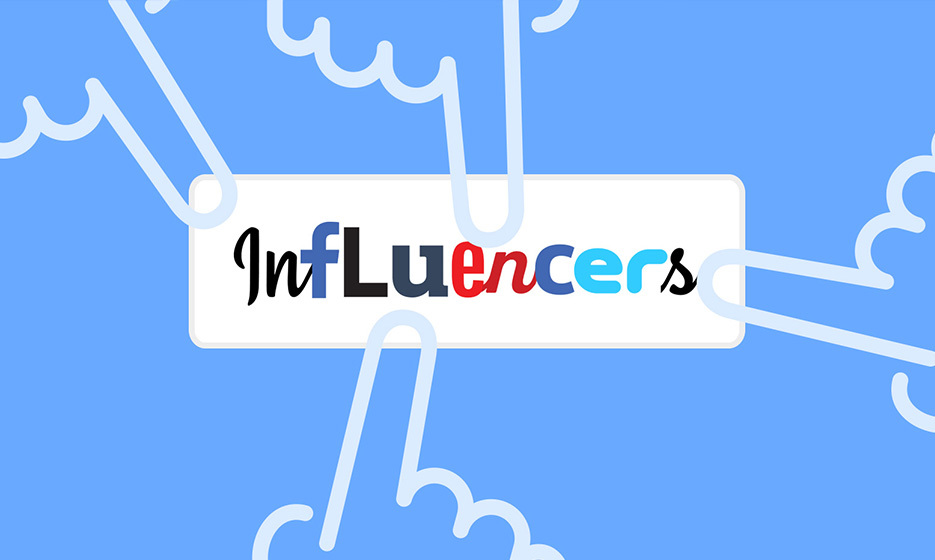Social Media
Influencer Marketing
As traditional news media declines and public relations strategies shift, influencer marketing has emerged as a smart way to tell brand stories. But that doesn’t mean brands always have to pay for these services.
Home category brands can reach a large (and loyal) audience while protecting brand messaging with a carefully crafted approach to unpaid or earned influencer marketing. For example, LEVOLOR Blinds and Shades has built successful partnerships with small but effective bloggers, known as micro-influencers. These bloggers’ followers are more engaged than those of high-profile influencers, and they are more open to accepting product in trade for a review.
While paid blogger partnerships offer more control of timing and messaging, unpaid influencer marketing based on a product trade collaboration provides its fair share of benefits for brands in the home category.
If you’re considering an unpaid influencer marketing program, here are some things to remember.
1. Capture influencers’ interest with creative messaging.
Similar to traditional media relations and pitching, prepare to put in the time to cultivate relationships and present enticing opportunities. Avoid devaluing bloggers just because you aren’t paying them for their services. Because you aren’t offering a monetary incentive, you’ll want to gain authentic interest, and that means putting your best foot forward. How will this benefit the blogger and their readers? Make sure to capture genuine interest with creative messaging, free product and more.
2. Accept that you’ll have less control over content.
When you don’t offer a fee for content, you’ll ultimately have less control over what the blogger shares. You should expect them to stick to provided message points as well as have a positive brand experience thanks to your careful planning. But the relationship between unpaid influencers and brands works like an editorial placement, and you won’t always have full control over the content. You may ask, as many brands do, to review posts before publishing — though they’re not obligated to honor your request.
3. Cover your bases and set expectations.
Whether or not your influencer marketing strategy is paid, make sure to have contracts in place for each influencer attached to your brand name. “No fee” should not equal “no contract.” When it comes to imagery and messaging related to your product, put those guidelines in place within the contract. You may not be sending a check, but you’re providing free product, which is technically a form of payment — and brands should do their part to uphold FTC guidelines.
For example, LEVOLOR pitched micro-influencers who blog about home décor including room makeovers in their homes. Contract agreements stipulated that each of these bloggers would receive LEVOLOR product to update a room or rooms in their home, and the influencer agreed to write a blog post and share it at least once via one of their social media accounts.
In just six months, LEVOLOR earned more than 700K impressions through four unpaid partnerships. The bloggers, excited about their new shades, posted more than 35 times to social media. In addition to gaining exposure among the influencers’ highly engaged audiences (check out the comments), LEVOLOR was then able to capture new, unique content that it repurposed on its social channels.

While paid partnerships usually garner immediate high reach, unpaid influencer marketing efforts, when carefully designed and implemented, are an authentic and sincere way to garner increased engagement and drive long-term success.

